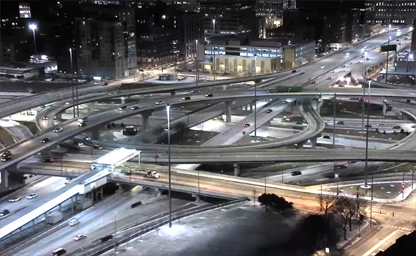
Jane Byrne Interchange
Providing an impressive overview of a major freeway near downtown Chicago

Providing an impressive overview of a major freeway near downtown Chicago
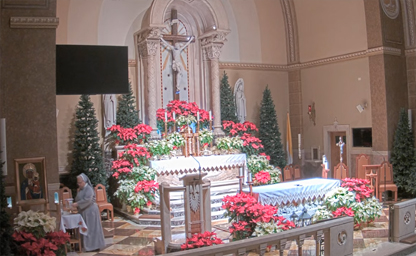
The parish was key in spurring growth in the Portage Park
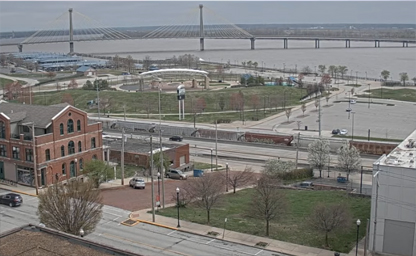
A great place to get some exercise and admire the mighty Mississippi
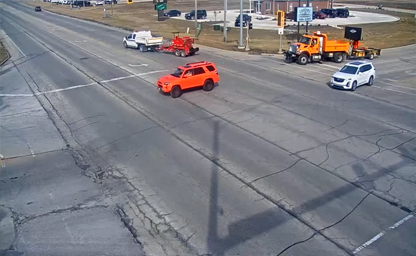
It is part of the Danville, Illinois Metropolitan Statistical Area
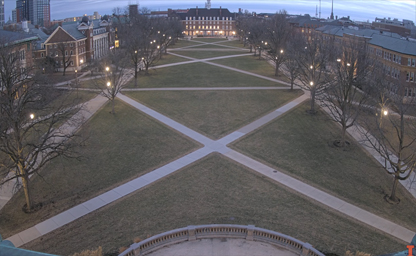
It is the flagship institution of the University of Illinois System
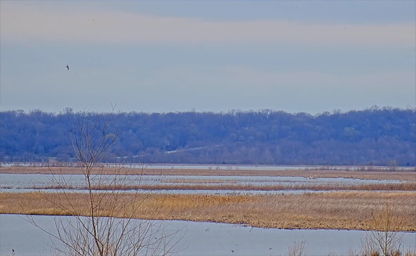
Emiquon preserve is a critical stopover point for tens of thousands of migrating birds each year
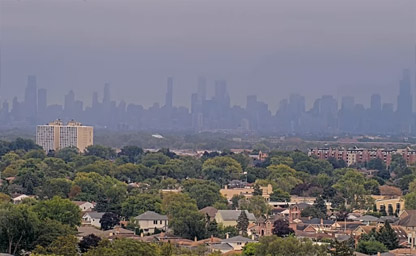
Is renowned for its iconic skyline, vibrant culture, and historical significance
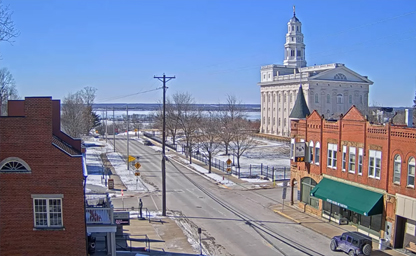
The 113th dedicated temple of the Church of Jesus Christ of Latter-day Saints
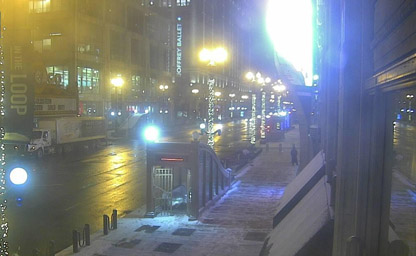
A landmark theater situated on North State Street
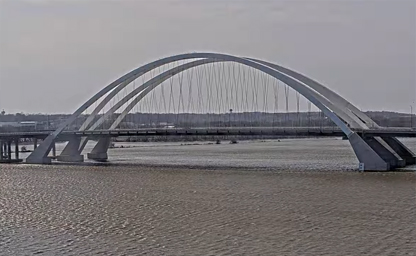
Bettendorf View of the I-74 Mississippi River Bridge
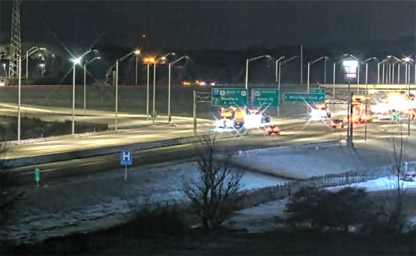
Heading east-southeast to the Indiana state line at Chicago
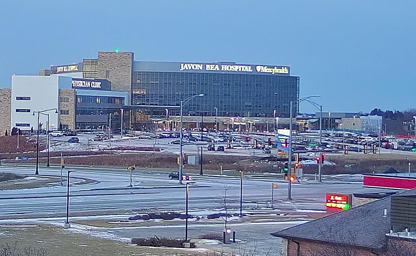
This state-of-the-art facility is a place of peace and healing
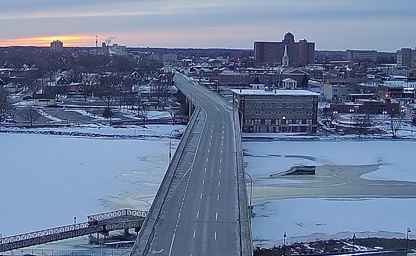
Became one of the primary connectors between these industries and the surrounding communities
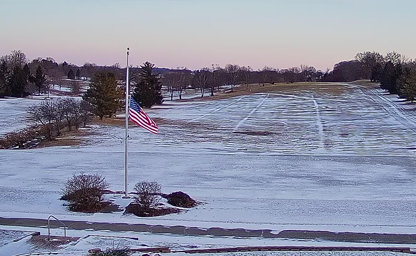
The county seat and largest city of Stephenson County
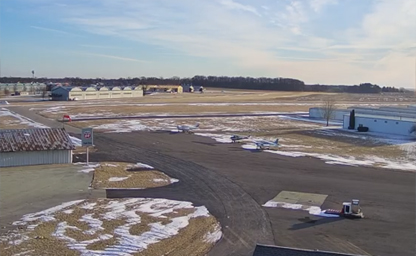
The airport of choice for aviators in the greater Chicago and southern Wisconsin area
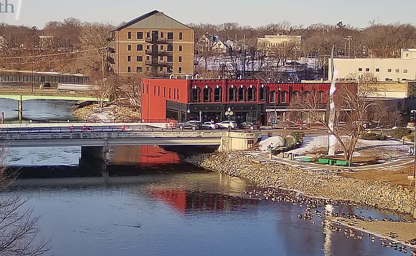
Enjoy the Rock River and some public art
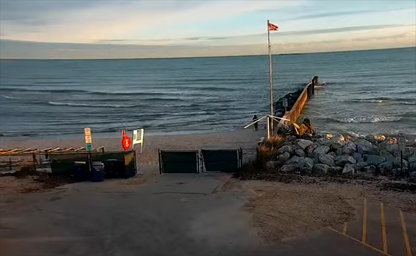
Located by Burnham Shores Park, a large green space with a tennis court and a playground
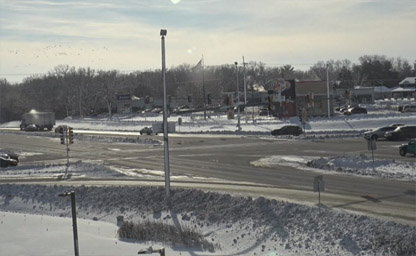
Located along the Rock River
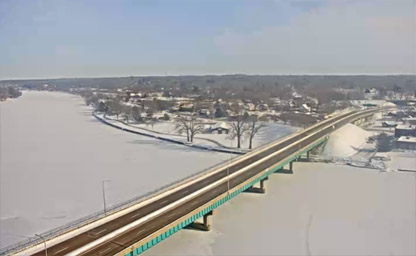
It flows south through Rockford
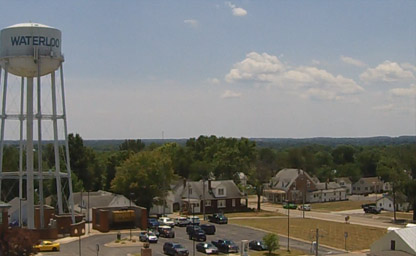
Located from the Harrisonville Telephone Company looking southwest
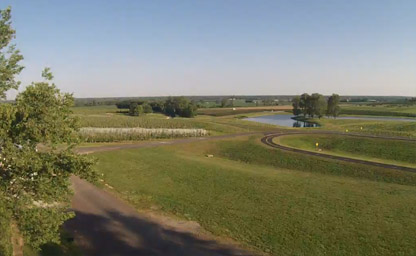
Located from smooth asphalt pathway that traverses the rolling hills on the suburban outskirts
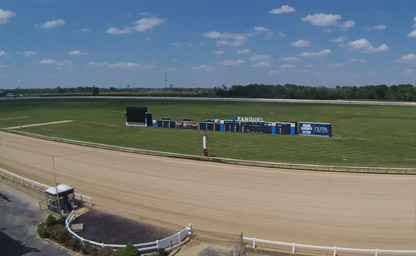
A part of the St. Louis metropolitan area
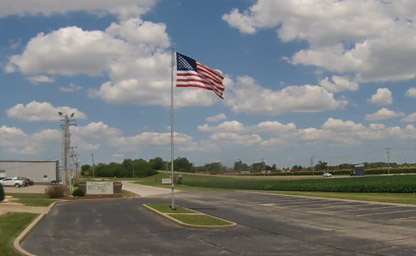
Situated just minutes away from the Gateway Arch and downtown St. Louis
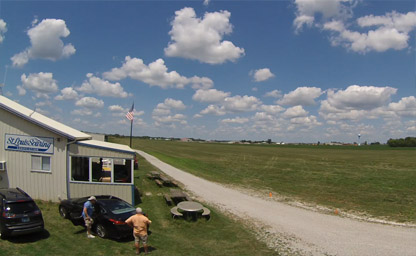
Situated just south of interstate 70 at exit 30
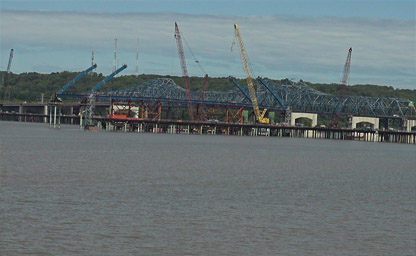
U.S. Route 150 over Upper Peoria Lake & Peoria Lake
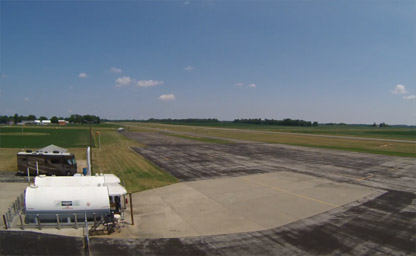
The small-town atmosphere and friendly people make it a great place to live
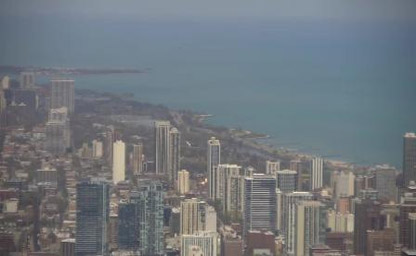
Offering spectacular views spanning up to four states
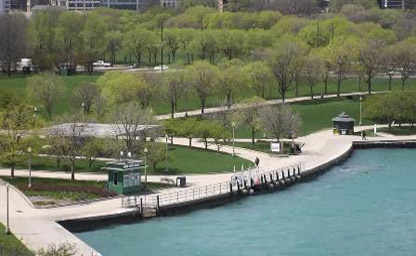
An indoor public aquarium in Chicago, Illinois
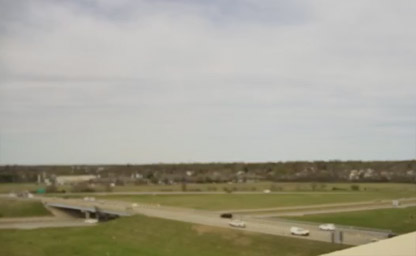
Situated on the Illinois side of the Mississippi River
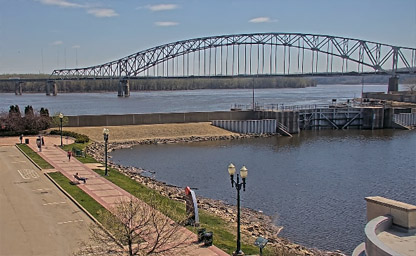
A beautiful bridge over the Mississippi River
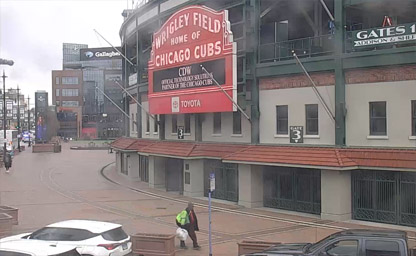
The beloved home of the Chicago Cubs for more than a century
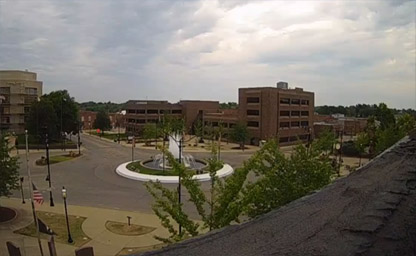
A Beautiful City and the county seat of St. Clair County
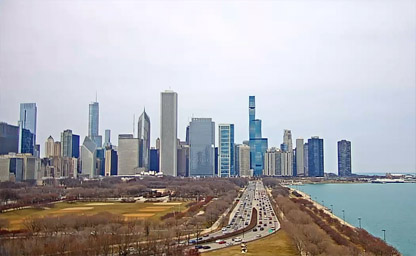
View from the Lake Calumet, Ogden Canal, the Chicago Sanitary and Lake Michigan, and Ship Canal
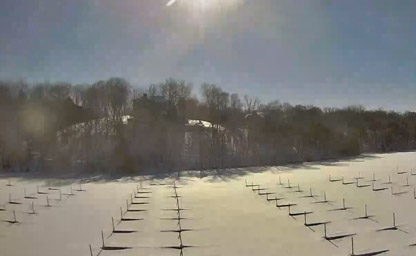
A small town in beautiful northwest Illinois
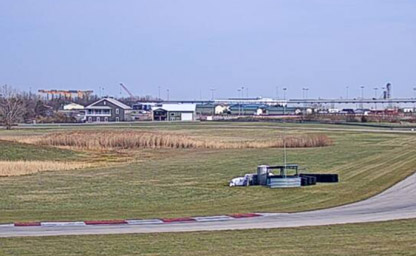
A city in Will and Kendall counties in the U.S. state of Illinois
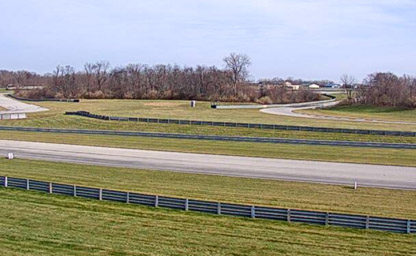
The city was the third-largest in Illinois
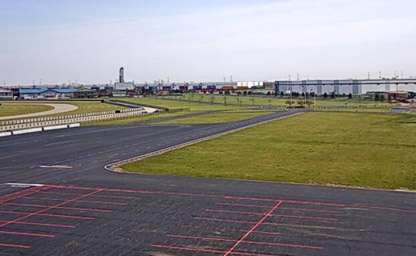
In the county seat of Will County
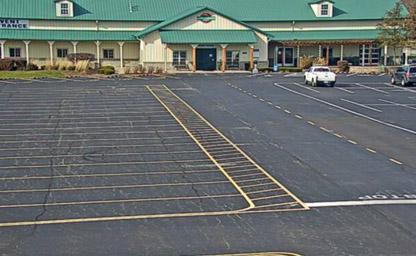
Located 35 miles southwest of Chicago
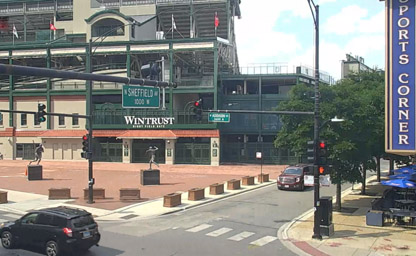
Check out what is going on outside with our Wrigley Field
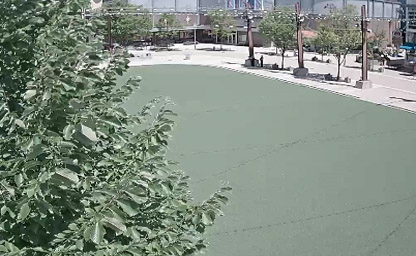
Conveniently located near O’Hare International Airport
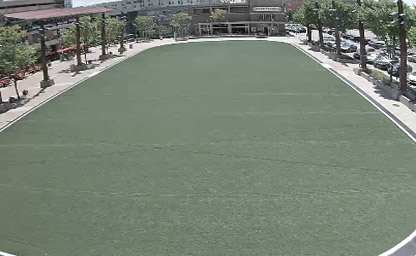
An ideal location for meetings, conventions, trade shows and visiting
Illinois, known for its diverse landscapes and bustling cities, has embraced the power of live streaming technology. From the majestic Lake Michigan shoreline to the fertile plains of Central Illinois, live streaming cameras capture the state’s vibrancy and beauty in real-time. These systems serve a wide array of purposes, blending utility with innovation, while showcasing Illinois’ unique charm to a global audience.
In cities like Chicago, live streaming cameras play a pivotal role in monitoring traffic flow, ensuring safety, and reducing congestion. These cameras are strategically placed along major thoroughfares such as the Kennedy Expressway and Lake Shore Drive. Real-time footage allows commuters to check road conditions and plan routes, minimizing travel delays and enhancing the urban experience.
Illinois’ live streaming cameras are a gateway to its natural and cultural treasures. Whether showcasing the vibrant Chicago skyline, the serene beauty of Starved Rock State Park, or the historic streets of Galena, these feeds offer a virtual window into the state’s attractions. Potential visitors can explore destinations from anywhere, inspiring travel plans and boosting local tourism.
Illinois’ varied ecosystems benefit from live streaming cameras designed for environmental observation. These systems help monitor wildlife populations, track weather patterns, and assess the impact of climate change on local habitats. Researchers and conservationists rely on this real-time data to inform their efforts and engage the public in preservation initiatives.
Live streaming cameras foster community connection by broadcasting events such as festivals, parades, and sports competitions. From the Illinois State Fair in Springfield to live performances at Chicago’s Millennium Park, these streams bring the spirit of Illinois to audiences near and far, strengthening cultural ties and local pride.
Illinois’ live streaming cameras leverage advanced technology to deliver high-quality feeds and ensure reliable performance in diverse conditions:
While live streaming technology offers numerous benefits, privacy remains a priority. Illinois enforces strict guidelines to ensure responsible camera placement and operation, safeguarding individual privacy and addressing public concerns. Transparency and ethical practices are key to maintaining trust and maximizing the value of these systems.
The future of live streaming cameras in Illinois holds exciting possibilities. Advancements in drone technology may soon complement fixed-camera systems, providing dynamic aerial perspectives. Solar-powered cameras and increased AI integration are also on the horizon, promising enhanced functionality and environmental sustainability. As technology evolves, Illinois remains at the forefront of innovation, using live streaming to enrich its communities and connect with the world.
Illinois has a storied past that reflects the broader history of the United States. Long before it became a state, the region was home to Native American tribes, including the Illinois Confederation, who thrived along its rivers and fertile plains. The ancient city of Cahokia, near present-day Collinsville, was a thriving center of Mississippian culture, with its iconic earthen mounds dating back to AD 1050-1350. These archaeological marvels are now a UNESCO World Heritage site, showcasing Illinois’ deep historical roots.
During the 17th century, French explorers Jacques Marquette and Louis Jolliet were among the first Europeans to navigate the Illinois River, paving the way for European settlements. Illinois later became a key region in the French fur trade network before transferring to British control after the Seven Years' War. By the late 18th century, as the American Revolution unfolded, Illinois found itself in the hands of American frontiersmen, playing a significant role in George Rogers Clark’s western campaigns.
Illinois officially joined the Union on December 3, 1818, becoming the 21st state. Its strategic location along the Mississippi River and its fertile soils turned it into an agricultural powerhouse during the 19th century. Cities like Chicago grew rapidly with the advent of the railroads and the construction of the Illinois and Michigan Canal, solidifying the state’s reputation as a transportation hub. The Great Chicago Fire of 1871 marked a turning point, leading to the city’s rapid rebuilding and emergence as an architectural icon.
The Civil War further highlighted Illinois’ importance, as the state was home to Abraham Lincoln, one of America’s most celebrated presidents. Lincoln’s legacy remains a focal point of Illinois history, with sites like the Abraham Lincoln Presidential Library and Museum in Springfield attracting millions of visitors. Post-Civil War, Illinois became a beacon for industrial growth and immigration, with Chicago emerging as a melting pot of cultures and ideas.
The climate of Illinois is as diverse as its history, influenced by its midwestern location. The state experiences a humid continental climate, characterized by hot summers, cold winters, and significant seasonal variation. In the southern regions near Cairo, the climate leans towards humid subtropical, offering milder winters and longer growing seasons, making it ideal for agriculture.
Summers in Illinois are often warm and humid, with average highs ranging from 85°F (29°C) in the northern areas to 90°F (32°C) in the south. Thunderstorms are common during this season, contributing to the state’s agricultural success. However, these storms occasionally bring severe weather, including tornadoes, as Illinois lies in the outer edges of Tornado Alley. The 1925 Tri-State Tornado, one of the deadliest in U.S. history, is a somber reminder of this climatic risk.
Winters can be harsh, particularly in northern Illinois, where temperatures often dip below freezing. Snowfall varies across the state, with northern cities like Rockford receiving heavier accumulations compared to the southern regions. Lake Michigan also plays a significant role in shaping the climate, particularly in Chicago, where lake-effect snow and breezes moderate extreme temperatures.
Spring and autumn are transitional seasons marked by pleasant weather and vibrant natural beauty. In spring, the state comes alive with blooming wildflowers and greening landscapes, while autumn paints Illinois in hues of gold and red, drawing tourists to areas like Shawnee National Forest and the Mississippi River bluffs.
Illinois’ geography is as varied as its climate, offering a blend of natural and urban landscapes. The state is divided into three main regions: Northern Illinois, Central Illinois, and Southern Illinois, each with unique geographical features and cultural identities.
Northern Illinois is dominated by the Chicago metropolitan area, a global city that sits on the southwestern shore of Lake Michigan. The region is characterized by its urban skyline, sprawling suburbs, and proximity to the lake, which provides recreational opportunities and supports the area’s economy. Beyond Chicago, northern Illinois features rolling plains and rich farmlands, reflecting the state’s agricultural legacy.
Central Illinois, often referred to as the heartland, is defined by its vast prairies and fertile soils. This region is the agricultural backbone of the state, producing corn, soybeans, and wheat. Cities like Springfield, the state capital, and Peoria anchor the region with their historical landmarks and contributions to Illinois’ industrial and political identity.
Southern Illinois, also known as "Little Egypt," is noted for its distinct topography and cultural heritage. The region features hilly terrain, lush forests, and significant waterways, including the Mississippi, Ohio, and Wabash Rivers. Shawnee National Forest, with its sandstone cliffs and diverse wildlife, is a natural gem that attracts outdoor enthusiasts year-round. Southern Illinois also boasts historical sites like Fort Massac and unique geological formations like Garden of the Gods.
The state’s rivers and waterways have played a pivotal role in shaping its geography and economy. The Mississippi River forms the western boundary, while the Illinois River traverses the state, linking Lake Michigan to the Gulf of Mexico via the Mississippi. These waterways have historically facilitated trade, transportation, and agricultural development, cementing Illinois’ status as a logistical hub.
For history enthusiasts, a visit to the Cahokia Mounds State Historic Site offers a fascinating glimpse into pre-Columbian civilization, showcasing over 80 preserved mounds and artifacts that tell the story of one of North America’s most advanced ancient societies.
Did you know? Illinois has earned the nickname "The Prairie State" due to its once-expansive tallgrass prairies, which covered nearly 60% of the state before European settlement. Today, efforts are underway to restore these unique ecosystems in places like Nachusa Grasslands, making Illinois a leader in prairie conservation.